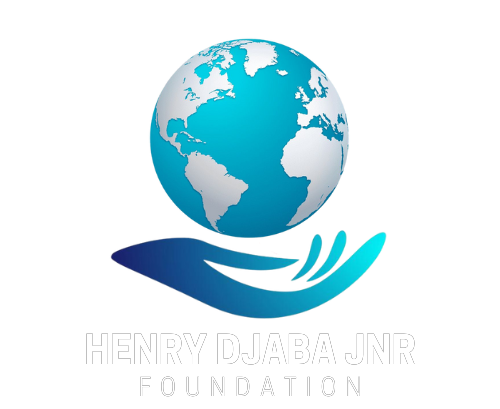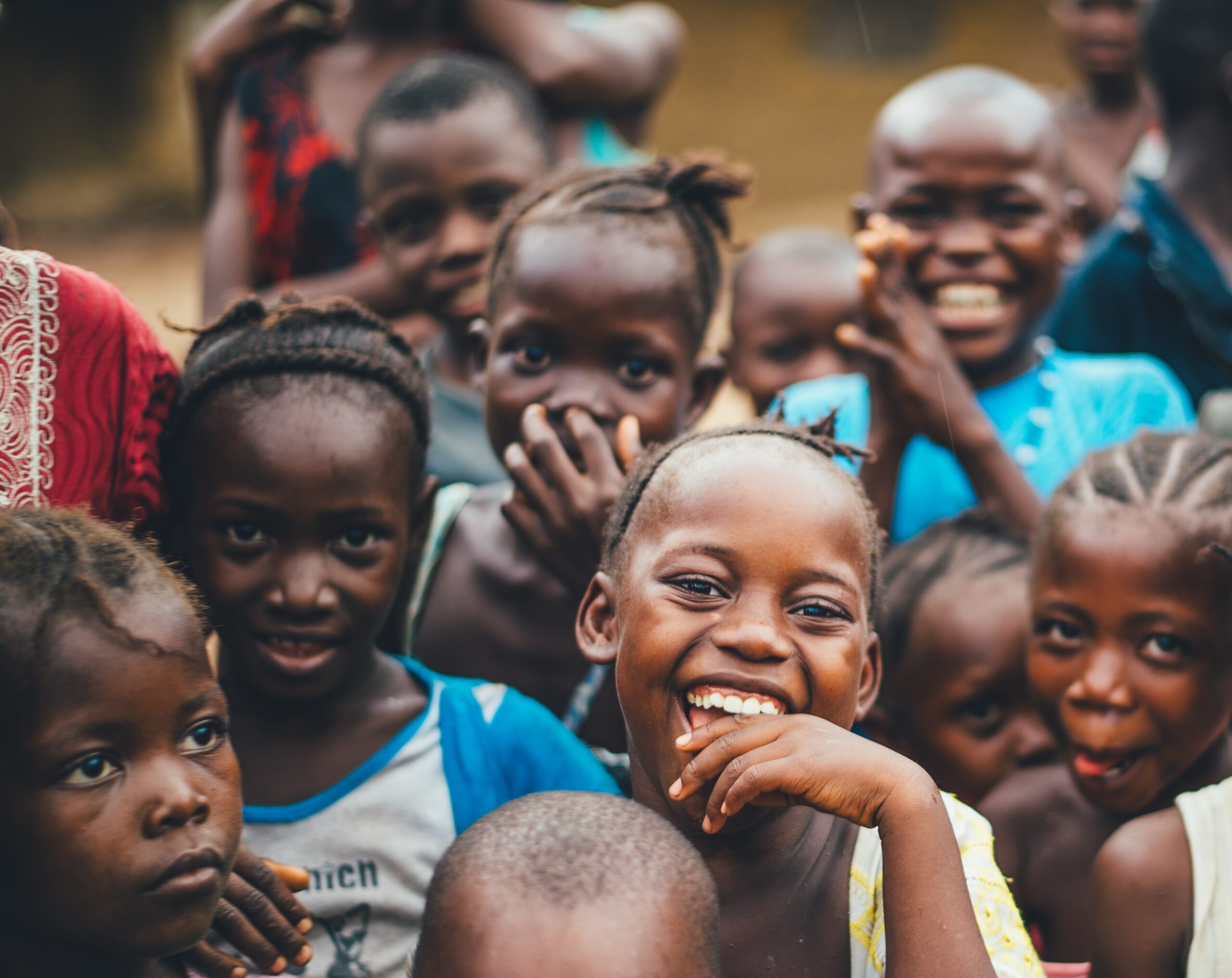About the founder
Henry Djaba Jnr. Foundation is founded by Mr. Henry Kwadwoe Djaba Jnr. A Ghanaian business man who has remained consistently pertinent in Africa's commercial sector. He decided to channel his heart into the humanitarian sector where he is honoured and privileged to help children and families suffering from the dreaded sickle cell disease which is common in Africa.
Mr. Henry Kwadwoe Djaba Jnr. followed the footsteps of his late father Mr.
Henry Djaba Snr. in business, making the family one of the most successful and recognised in Ghana. He has now followed suit in the family's line of charitable engagements, giving hope and relief to families with cases of sickle cell.

